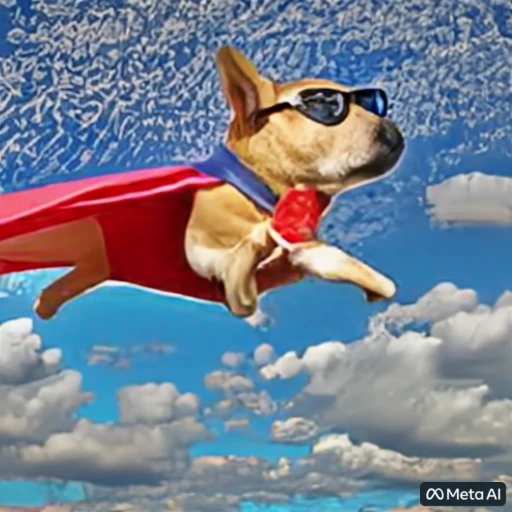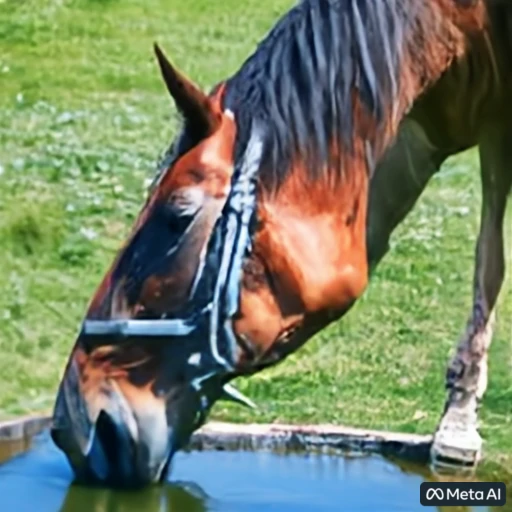In recent weeks, image-generating AIs have bloomed and have shown capability beyond anything we could have expected a few years ago. Now, algorithms are ready to take things to the next level and start producing videos — and a new AI seems capable of doing just that.

Imagine “a dog wearing a Superhero outfit with red cape flying through the sky.” That’s all the text input you need to produce the clip above. Meta’s dryly-named Make-A-Video AI can generate short videos from only text, and while the effect is still rather crude, it’s definitely a remarkable achievement.
Make-A-Video is not available to the public yet (Meta says it will launch it officially in November), but it seems to work just like the image-generating AIs: you add in a text prompt, make it as descriptive as you wish, and then wait for the video.
The technology behind Make-A-Video builds on existing work used in text-to-image synthesis. In fact, just a couple of months ago, Meta announced its own text-to-image AI model called Make-A-Scene.
Producing videos instead of images is much more challenging though. From an AI engine perspective, a video is just a series of hundreds or thousands of images which means, for starters, that you need to train your engine with much more data. Large-scale video sets that can be used for training are also much scarcer than images. This means that for the near future, at least, video AIs will likely be restricted to big companies with a lot of resources.
Nevertheless, Meta’s AI seems to be already pretty competent. The company already showcased videos made in several styles such as Surreal, Realistic, or Stylized.

There’s plenty of improvement left to be done, but already, the engine seems to be capable of incorporating different video angles and styles. The videos don’t exactly seem realistic, but they’re not that far off either.

It’s still early days and the videos are unidimensional — the subjects are doing one thing. Doing a sequence of things (and transitioning from one thing to the other) will undoubtedly be a major challenge, but given how fast the field is progressing, it’s not hard to envision realistic videos not being that far off.
Which begs an important question: are we nearing the point of realistic, convincing deepfakes?
Great progress, great concerns
It’s a flourishing time for visual-generating AIs. In the last month alone, AI startup Stability.AI launched Stable Diffusion, an open-source text-to-image system, which became immensely popular (its Discord channel has over 2 million users, being the largest on the platform), and DALL-E, the first “new age” image-generating AI became public.
But while these algorithms filter out offensive or potentially damaging prompts, the possibility of using AI-generated images (and videos) for disinformation and other nefarious uses. The image generating AIs are already at that level (or very close to it), and existing safeguards may not stop the floodgates for too long.

Meta also acknowledged the hazards of creating photorealistic videos on demand. They say they want to counteract this by adding a watermark “help ensure viewers know the video was generated with AI and is not a captured video.”
“We want to be thoughtful about how we build new generative AI systems like this. Make-A-Video uses publicly available datasets, which adds an extra level of transparency to the research. We are openly sharing this generative AI research and results with the community for their feedback, and will continue to use our responsible AI framework to refine and evolve our approach to this emerging technology,” Meta said in a blog post.
But having a watermark does little if anything — if you can build an AI to generate videos, then it won’t be too much of a problem to make one that removes the watermark.
Having the ability to generate videos is exciting for a number of reasons and no doubt, it’s going to get much better soon. Deepfakes are just around the corner, however. Perhaps it’s time to start thinking about safeguards.
The company also described their work in a non-peer-reviewed paper published today.


